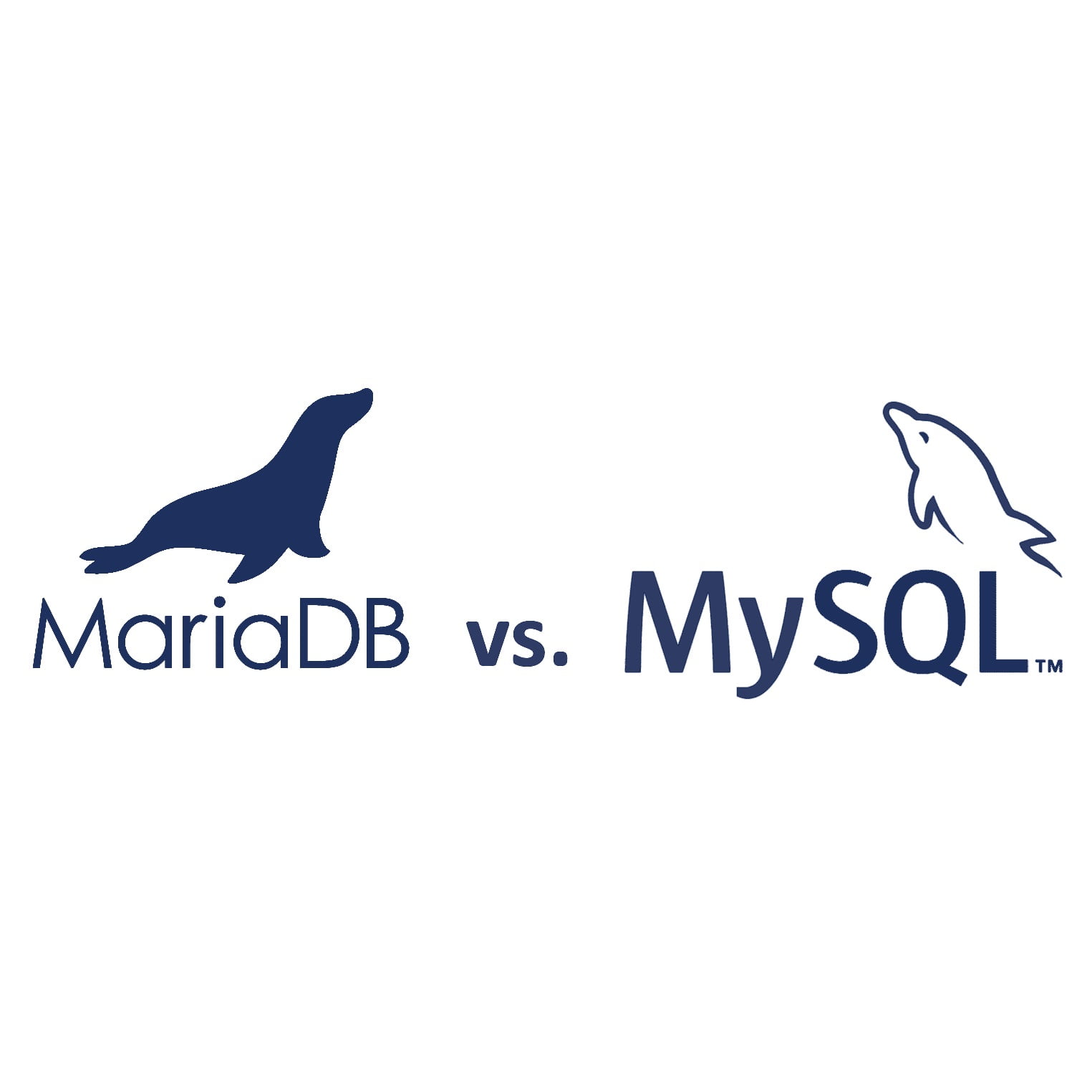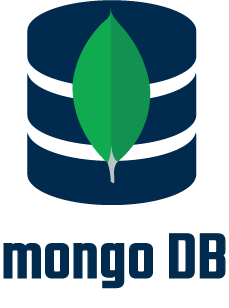PostgreSQL is a powerful, object-relational database management system (ORDBMS) based on the SQL language. It is an open source database developed and supported by a large and active community. PostgreSQL was developed with the aim of providing a robust, reliable and scalable database solution that meets the requirements of companies and developers.

What is an object-relational database management system?
An object-relational database management system (ORDBMS) is a type of database that combines two different types of databases: the classic, table-based structure of relational databases, for example an SQL server, and the more flexible, object-oriented structure of object-oriented databases.
Overall, object-relational database management systems provide a powerful platform for the development of applications that require complex data structures and want to benefit from the advantages of both relational and object-oriented approaches. PostgreSQL is an example of an object-relational database management system that supports these features
What are the advantages of PostgreSQL?
The use of PostgreSQL in practice has a number of advantages. The most important features of PostgreSQL are
- Transactions and data integrity: PostgreSQL provides robust transaction support according to ACID properties, which means that database operations are either fully executed or fully rolled back to ensure data integrity.
- Extensibility: PostgreSQL is highly extensible and allows developers to extend the functionality of the database through custom functions, triggers and extensions.
- Scalability and performance optimization: PostgreSQL is designed to scale with large amounts of data and heavy workloads. It offers performance optimization mechanisms such as indexing, parallel processing and cache management.
Example of the use of the OPC Router
The OPC Router provides an effective way to capture data from OPC UA sources and store it in PostgreSQL databases. The OPC Router establishes the connection between the source and the database. The captured data is stored in PostgreSQL tables, for example. This enables seamless integration and transfer of real-time data from industrial plants or sensors into a powerful and scalable database solution. The stored data can then be used for analysis, reporting or other use cases to gain insights and support operational decisions.
Further information
MariaDB or MySQL are just two of many possible database types. Both databases are very popular in practice, which means that users often weigh up which database might be more suitable for their use case. This raises the question: Is MariaDB actually the better MySQL for many people? We will show you which database solution is the right one for your company.
The Mongo DB impresses with its performance and high horizontal scalability. You can find out what the database does and how it works in our article.
Watch this video tutorial to see how easy it is to extract data records from a CSV file and write the CSV column values to a database table.
You can find more interesting articles on the topics of Industry 4.0, cloud, technology, alerting and practical application examples as well as case studies in our knowledge base.


